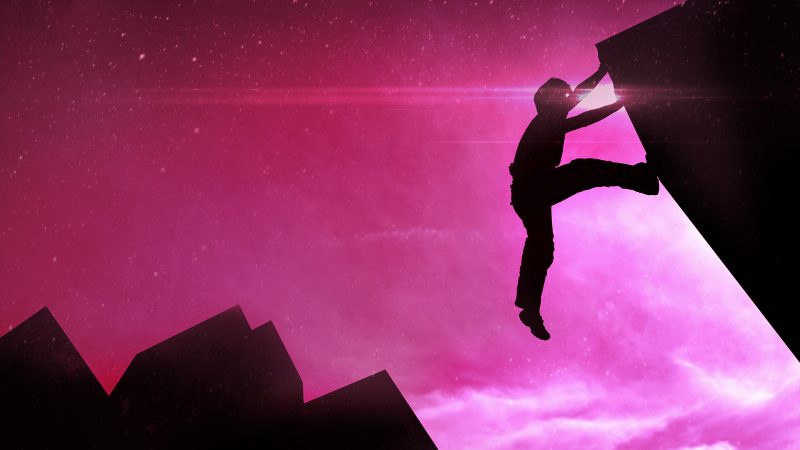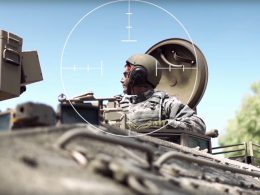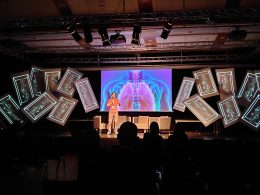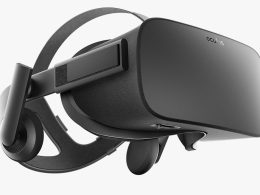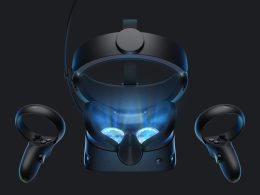For some time now, we have been able to observe various approaches to how the virtual world and, in particular, the immersive experience The focus here is on "feeling" and further on "perception with all senses", i.e. also "smelling" and "tasting". The focus is on "feeling" and further on perception with all senses, i.e. also "smelling" and "tasting".
There are various approaches and projects, some of which are inspired by science fiction ideas or are steered in a certain direction by commercial interests. For the advertising industry, new possibilities to make products tangible are a highly interesting consideration, as "tangible products" would overturn the conventional rules of the customer decision journey.
The Holodeck
The holodeck approach, as developed for example by The Void offers the maximum freedom of movement. Any room can be transformed into a virtual environment with this technology. Tracking technology enables synchronisation between the worlds. In this way, a real feeling can be mixed with a virtual experience. To illustrate this, one could imagine a storm situation on a mountain. Wind, cold and wetness would be simulated in the room by corresponding machines, while the glasses visualise the environment. If appropriate sounds were added, the experience would be almost perfect.
The exoskeleton
Another approach is the use of bodysuites in combination with exoskeletons such as those produced by the company Axon VR developed. There, a product called HaptX was developed that can simulate various sensations such as cold, heat or pressure. If this is worn as a full-body suit in combination with virtual reality glasses, a variety of scenarios can be simulated and virtual objects can be felt. Combined with a force transmission system such as the HaptX Sekeleton, the experience is completely simulated directly on the body. In this way, motion sequences can also be trained. The system can react to human errors in a corrective manner, for example to train the perfect golf swing.
The range of ideas for a sensible combination of real and virtual elements also goes in other directions. Fitness equipment and computers have been growing together for some time. For example, it has long been possible to turn one's own bicycle into a home trainer and use it to climb extraordinary routes and famous mountains. One example of this is the project Widerunwhich is currently still in the development phase.
Finally, we recommend a video with further approaches to connecting the real with the virtual world:





